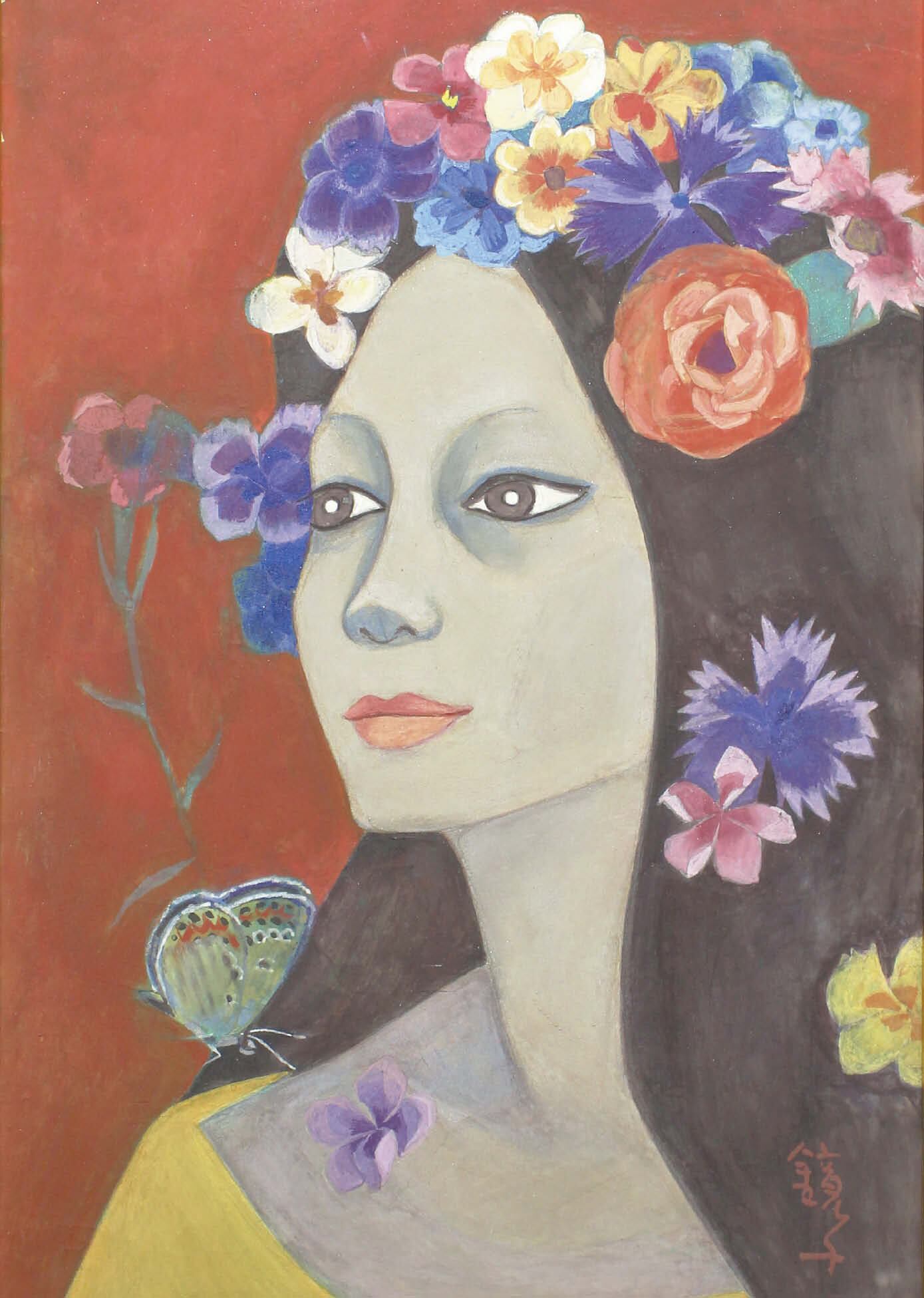
Renowned artist Cheon Gyeong-ja (1924–2015) was a prominent figure in her era. She stood tall and had a fashionable style, often donning high heels and striking attire that drew attention wherever she appeared.
As an artist, she also experienced great public acclaim. Recognized for her simple yet refined paintings depicting flowers, women, and faraway landscapes, she is considered the most cherished female painter by Koreans. Her 1973 solo show at Hyundai Gallery sold out every piece, catalog, and postcard, with large crowds extending from Insa-dong to Anguk-dong on the last day, making it a huge success.
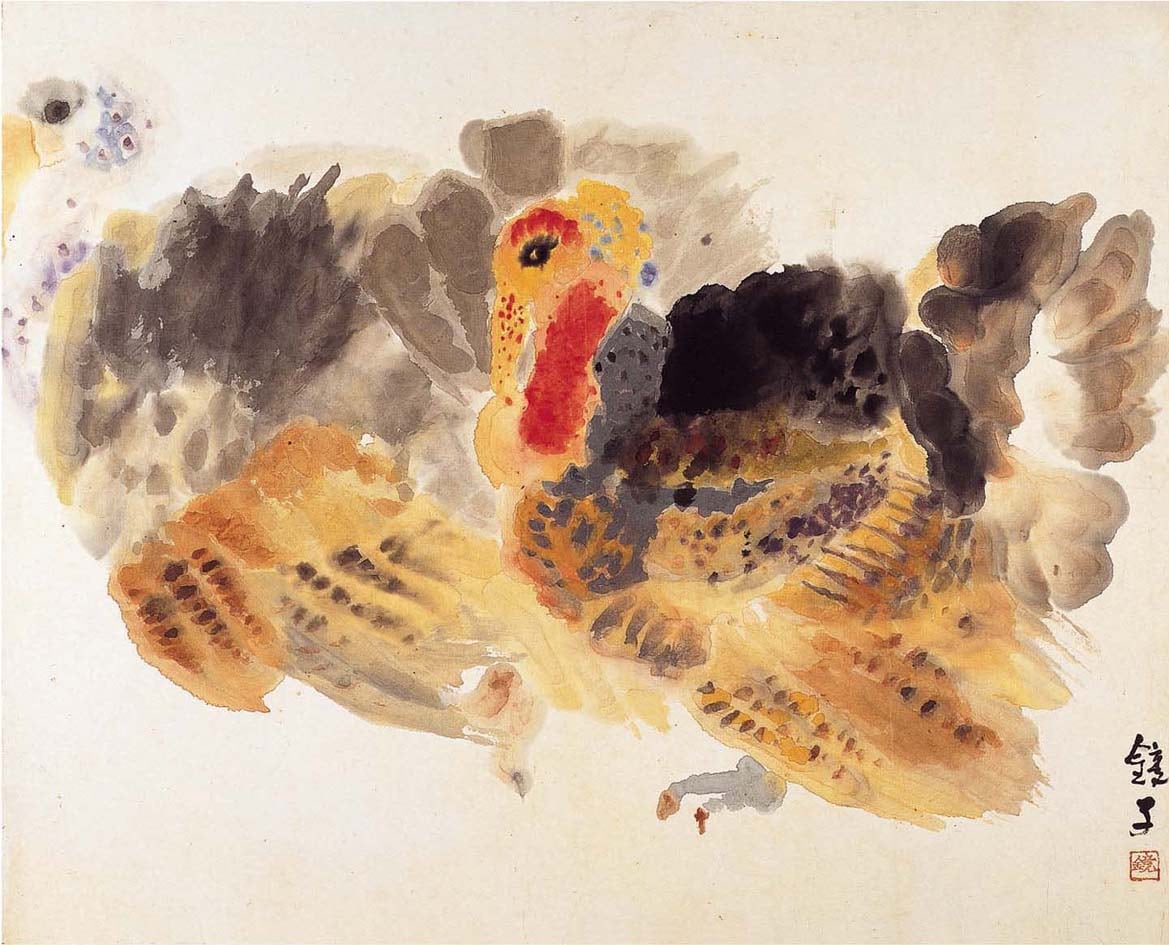
However, the 1991 "Portrait of a Beauty" forgery controversy changed everything. Cheon stated that the artwork exhibited at the National Museum of Modern and Contemporary Art was "not her creation," whereas the museum maintained its authenticity. The artist, who vowed never to paint again, left South Korea in 1998 and passed away alone in the U.S. in 2015. Although prosecutors eventually determined the painting to be genuine, the debate continued. The art world avoided referencing her name, and the exhibition celebrating her 100th birthday last year, which took place only in her hometown of Goheung, South Jeolla Province, was somewhat disappointing.
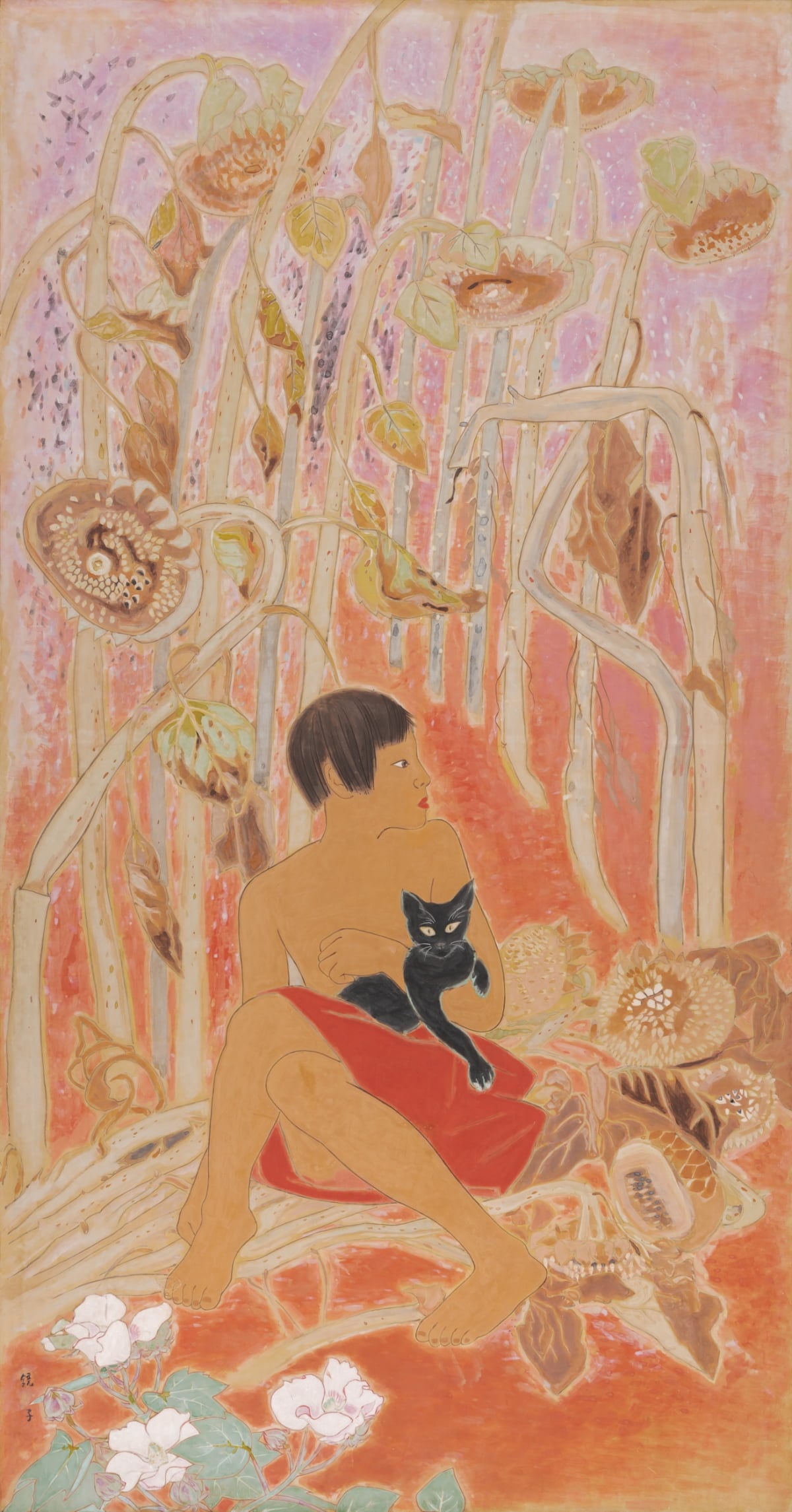
The special exhibition "Page 101 of My Sad Legend," commemorating Cheon's 10th anniversary, is a delightful and significant event at Seokbuljeong Seoul Museum of Art. It stands as the most extensive display in two decades since her last solo exhibition in 2006 at Gallery Hyundai. Showcasing approximately 80 of her key colored artworks, the exhibition gathers pieces from the 1940s to the 1990s, sourced from 18 museums, galleries, and private collectors, including the National Museum of Modern and Contemporary Art.
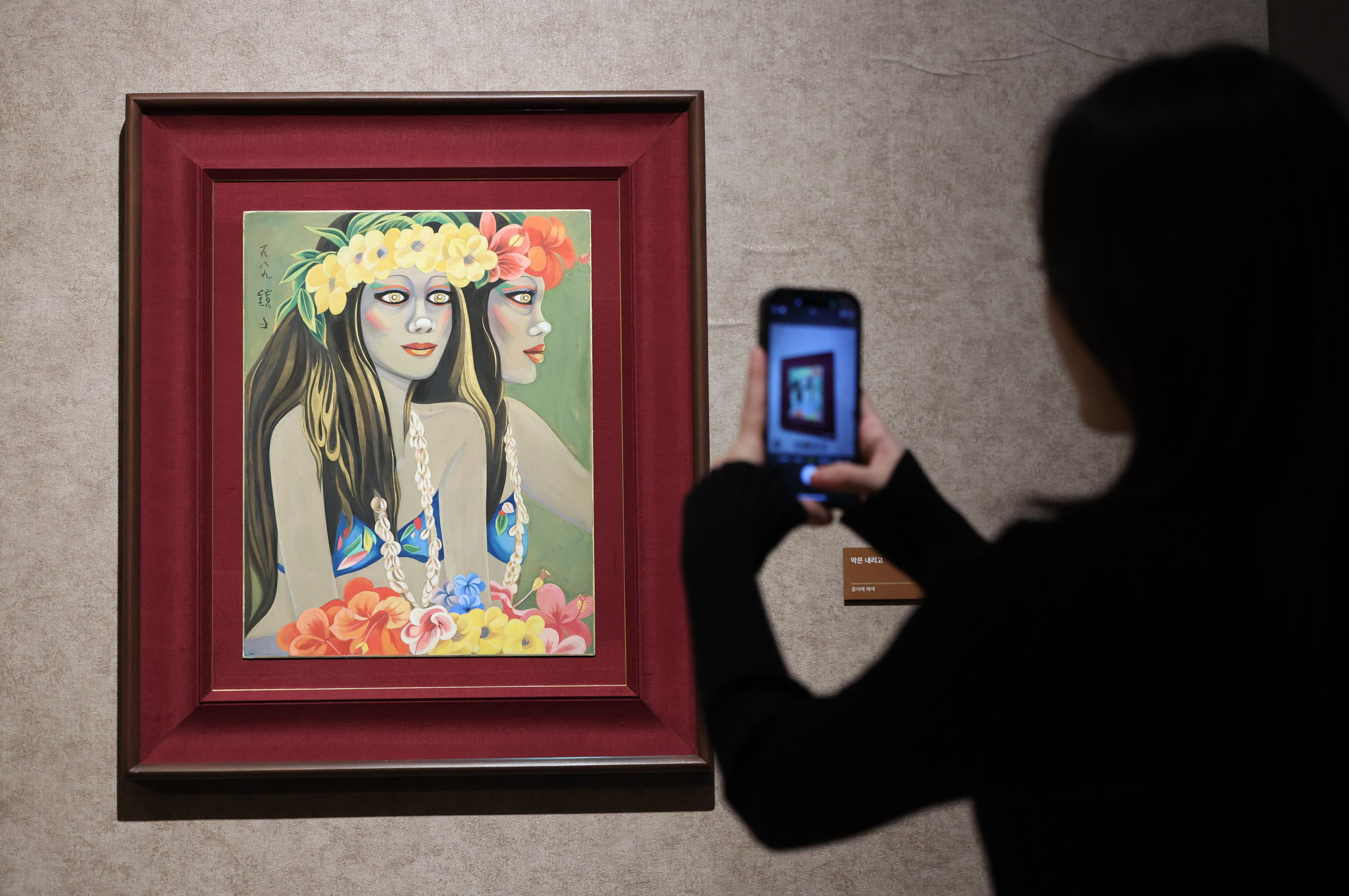
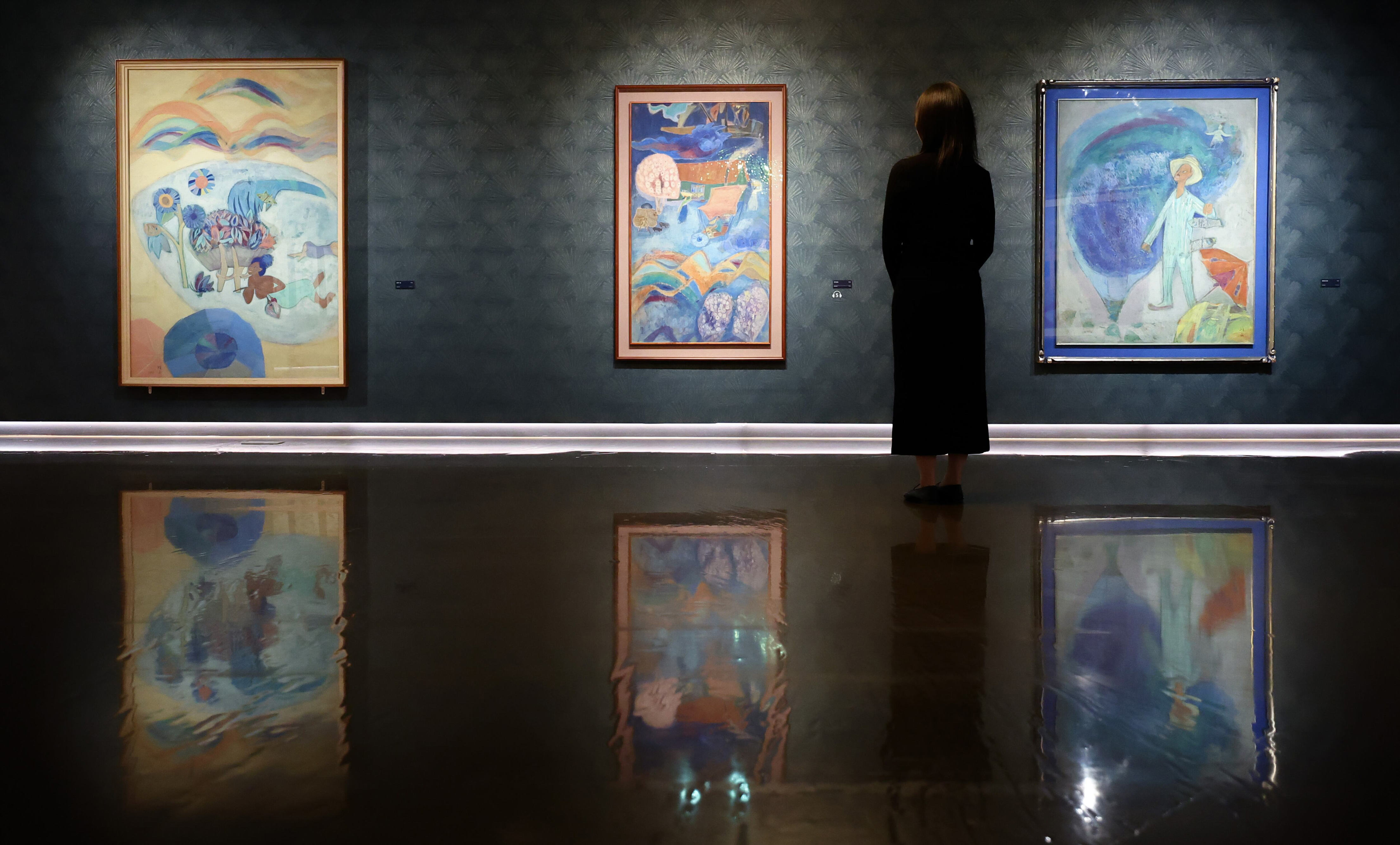
Ahn Byung-kwang, the founder of the Seoul Museum of Art and chairman of Union Pharmaceutical, who has extensively collected Cheon's significant works, stated, "It's time to move past the term 'forgery' and concentrate on Cheon's artwork. Collecting pieces spread across the country and abroad was difficult, but the conviction that this could be our final opportunity motivated us to continue."
Each of the seven exhibition areas showcases writings from outside contributors associated with the artist, providing varied perspectives on her professional journey. Park Myung-ja, former director of Gallery Hyundai who arranged Cheon's record-setting exhibitions, provided a reflective essay along with a painting titled "The Road to Hawaii" that she personally gifted, which has drawn interest.
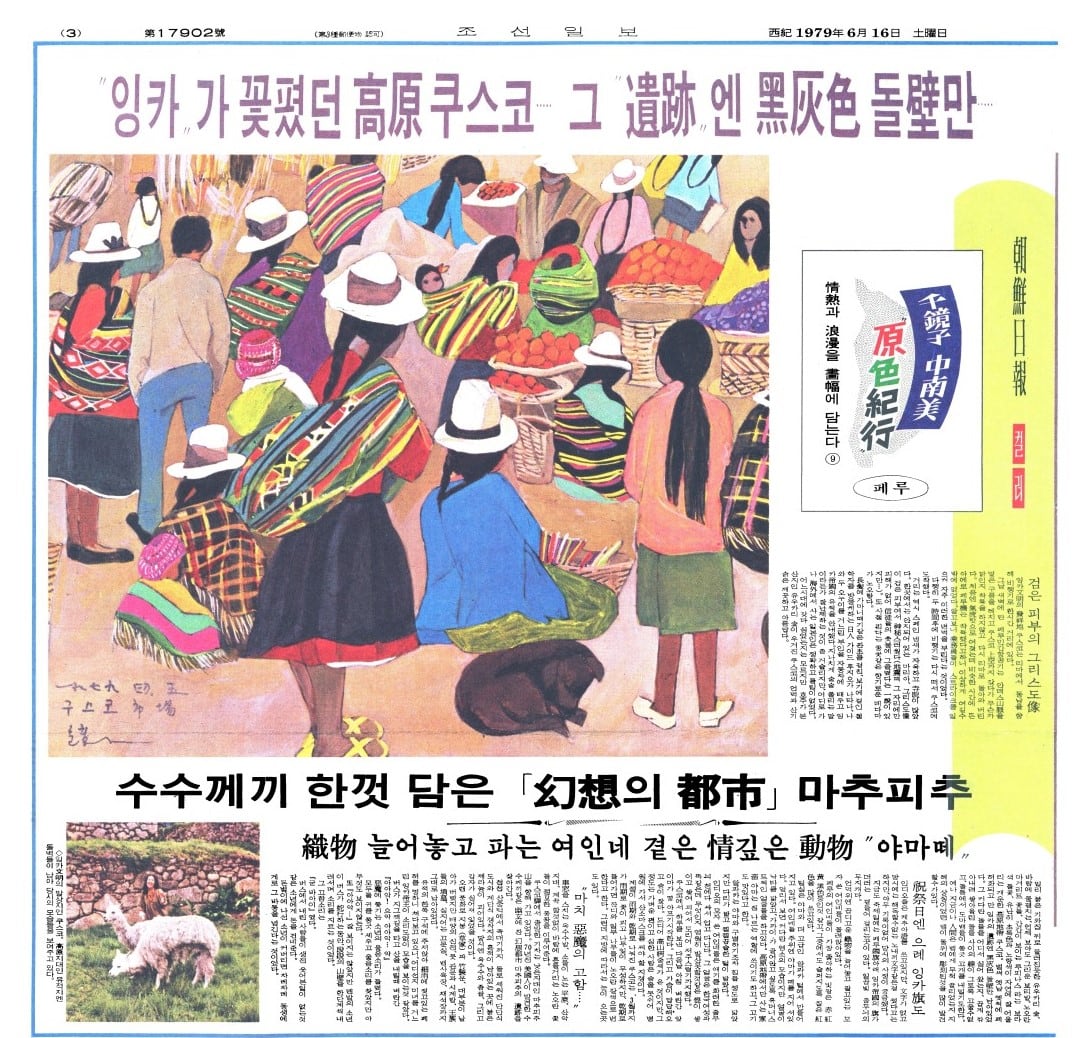
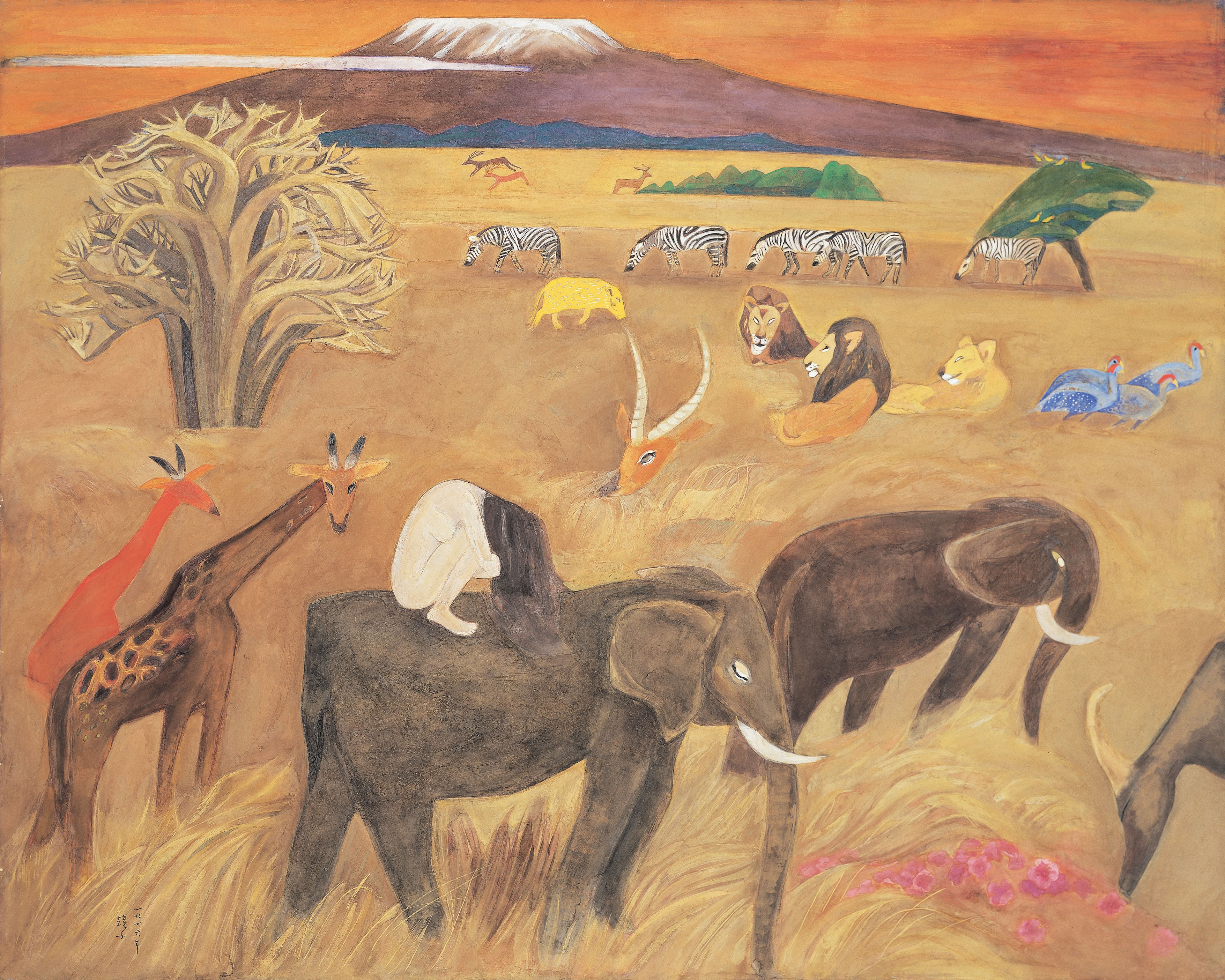
Cheon's artistic realm underwent a significant transformation in 1969. At the age of 45, she undertook her initial sketching journey to Tahiti in the South Pacific, marking the start of 13 extended trips that continued until she was 70. She once remarked, "As a woman, traveling to remote, unfamiliar places with just a sketchbook was not easy, but the atmosphere of the moment—the immediacy of the scene—led me into unexplored worlds." In 1974, she left her 20-year position as a professor at Hongik University and traveled to Africa. Jung Joong-heon, former head of the culture department at Chosun Ilbo, stated, "Media outlets were competing with color printing presses, and Cheon's sketches and writings generated strong reactions from readers."
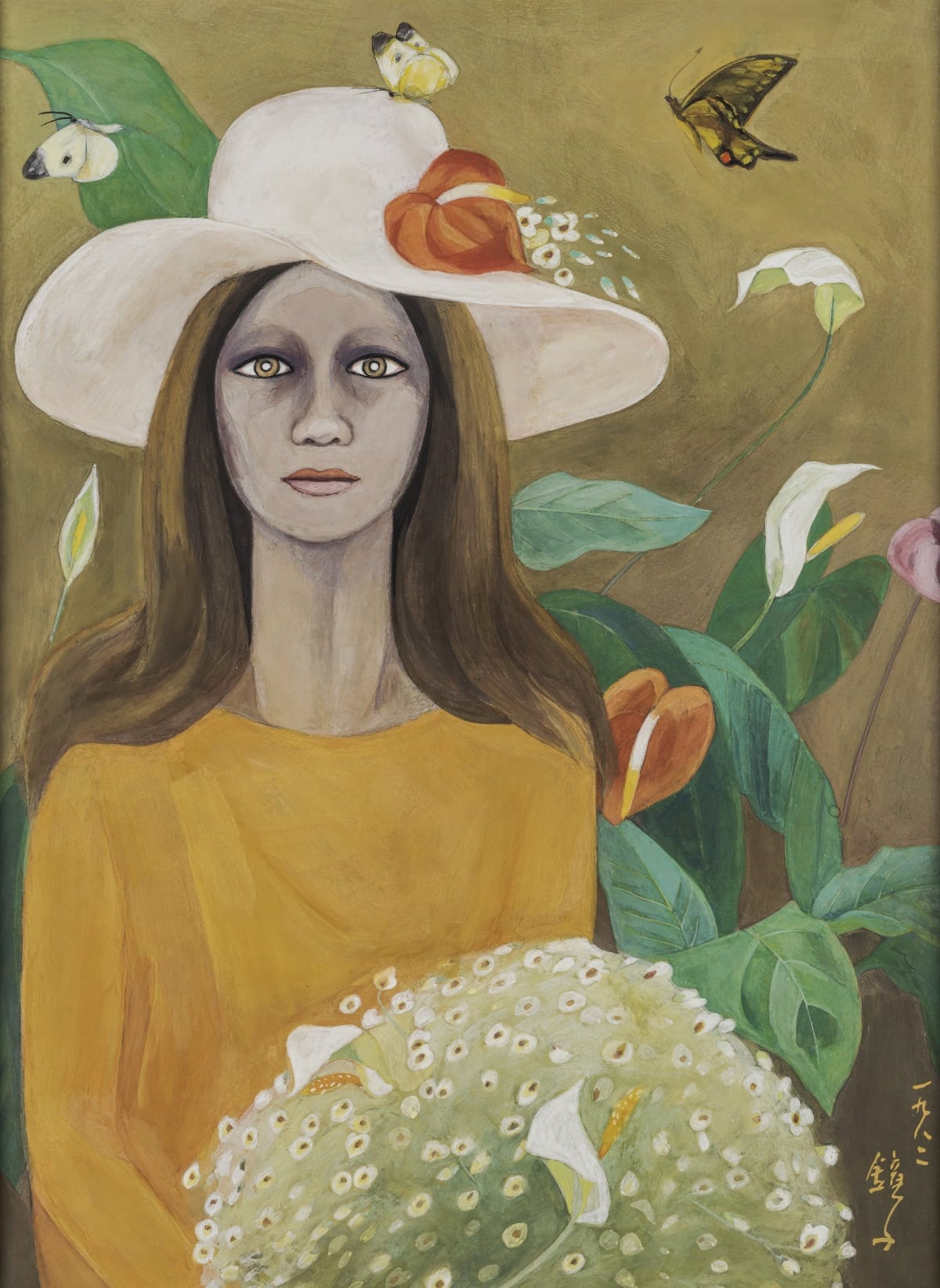
The standout is the "Female Portraits" section, featuring "Solitude" (1974), which shows a woman with flowers in her hair. Cheon didn't just paint subjects; she infused them with her own feelings of loneliness, sadness, hopes, and imaginations. Her female characters are shown as self-assured, aware, and independent. Kim In-hye, a senior curator at the National Museum of Modern and Contemporary Art, stated, "Cheon's many female figures are not 'beauties' but 'female portraits.' Traditional 'beauty portraits' typically present women as objects of admiration from a male perspective, mainly for male viewers. However, Cheon's portraits, based on real models, authentically reflect women's sorrow, desires, and dreams in uncertain futures, striving to break free from fate's constraints."
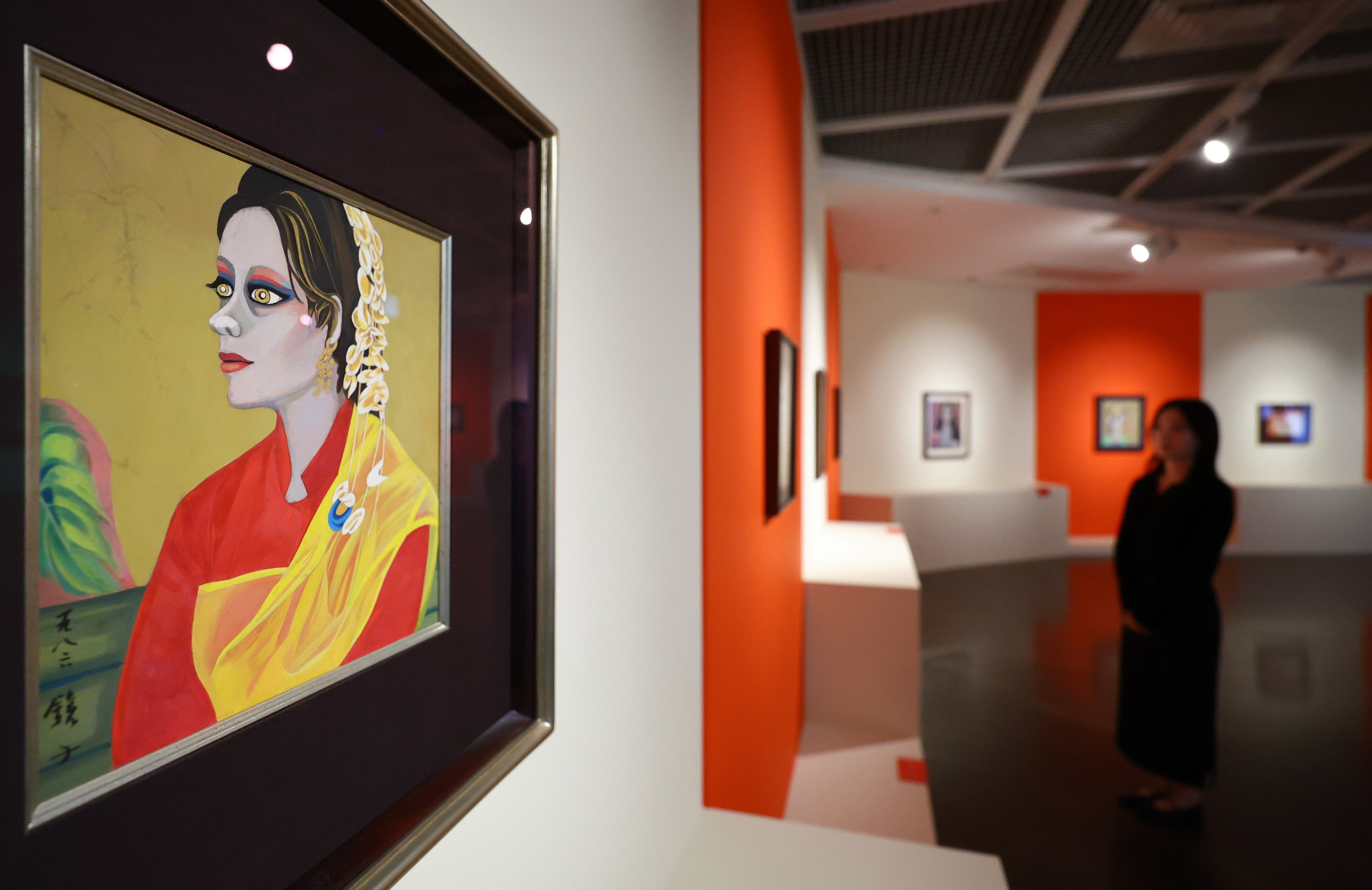
The display features notable works such as "Spring Rain" (1966), a depiction of her hometown Goheung surrounded by wildflowers, and "The Door of Youth" (1968), inspired by Swedish actress Greta Garbo. Guests can also see her writings, travel photographs, and letters. The contentious piece "Portrait of a Beauty" is currently stored in the National Museum of Modern and Contemporary Art. Ahn Jin-woo, director of the Seoul Museum of Art, stated, "We asked for its loan but were turned down." The exhibition will be on view until January 25, 2025. Admission costs 20,000 South Korean won. It is open every day, including during Chuseok holidays.

Posting Komentar